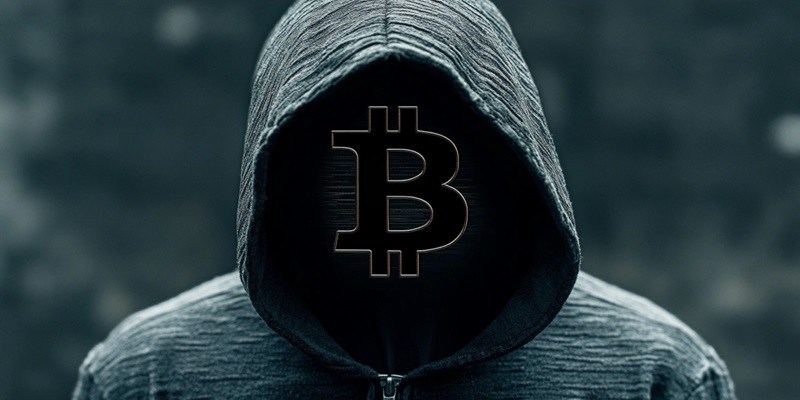In a significant move to combat cybercrime, the United States government has seized over $2.67 million in digital assets that were looted by the infamous North Korean hacking group, Lazarus. The legal action, which took place on October 4, 2024, saw the filing of two complaints aimed at reclaiming approximately $1.7 million in Tether (USDT) and $970,000 in Avalanche-bridged Bitcoin (BTC.b). These illicitly acquired assets were stolen during separate cyberattacks on the Deribit cryptocurrency exchange in 2022 and the Stake.com gambling platform in 2023. These seizures not only signify a powerful stance against crypto-related theft but also highlight the sophisticated methods employed by these hackers to conceal their tracks.
The Lazarus Group is known for their audacious and intricate techniques, often using cryptocurrency mixers like Tornado Cash to obscure the trail of stolen funds. By leveraging advanced technologies and fake identities, they have managed to infiltrate numerous crypto projects, making it difficult for authorities to trace and recover stolen assets. The ongoing battle with this group underscores a broader issue within the crypto industry, where the continuous refinement of hacking methods poses an evolving and persistent threat. The United States’ recent efforts to recover these assets mark a critical step in addressing these security vulnerabilities and safeguarding the digital financial landscape from future attacks.
The Impact of Lazarus Group’s Activities
The scope and scale of the Lazarus Group’s activities are not limited to the recent seizures by the United States; their operations have had a global impact, affecting numerous crypto exchanges and platforms. One of the most significant recent hacks attributed to the group was a $235 million attack on the WazirX exchange in July 2024. This breach not only underscored the group’s technical prowess but also their relentless pursuit of high-value targets in the cryptocurrency space. The stolen funds often find their way into complex laundering schemes involving mixers and other obfuscation techniques, complicating efforts to track and reclaim them.
Experts in cybersecurity have pointed out that the use of advanced social engineering tactics adds another layer of complexity to the Lazarus Group’s operations. In a bid to stay ahead of the game, they often employ fake job offers to lure victims into downloading malware, subsequently leading to data theft and further financial losses. The Federal Bureau of Investigation (FBI) issued warnings in September 2024, highlighting these social engineering scams as a growing threat. By capitalizing on human vulnerabilities, the Lazarus Group has managed to breach multiple layers of security, posing a substantial risk not just to individuals but also to the financial infrastructure of the crypto industry.
Ongoing Vigilance and Countermeasures
Given the sophisticated and evolving methods used by the Lazarus Group, the consensus among industry experts and law enforcement agencies is that increased vigilance and advanced countermeasures are essential to mitigate these risks. The United States’ recent asset seizures serve as a critical reminder of the need for international cooperation and robust regulatory frameworks to effectively combat these threats. Continuous updates to security protocols, along with public awareness campaigns, are pivotal in reducing the susceptibility of crypto exchanges and platforms to such attacks.
Moreover, the role of technological advancements should not be underestimated in this battle. Leveraging AI and machine learning for anomaly detection, employing multi-factor authentication, and strengthening encryption standards are some of the measures being taken to enhance security. The crypto community is increasingly focused on developing decentralized systems that are less prone to centralized points of failure, thereby reducing the risk of large-scale breaches. However, as hackers continue to refine their methods, it remains a constant cat-and-mouse game, underscoring the need for perpetual vigilance and proactive defense strategies.
Summary of Efforts and Challenges
In a significant bid to tackle cybercrime, the U.S. government has seized over $2.67 million in stolen digital assets from the infamous North Korean hacking group, Lazarus. On October 4, 2024, legal complaints were filed to reclaim around $1.7 million in Tether (USDT) and $970,000 in Avalanche-bridged Bitcoin (BTC.b). These assets were taken during separate cyberattacks on the Deribit cryptocurrency exchange in 2022 and the Stake.com gambling platform in 2023. These seizures are a powerful move against crypto theft, underscoring the sophisticated methods hackers use to hide their tracks.
The Lazarus Group is notorious for its bold and complex tactics, often employing cryptocurrency mixers like Tornado Cash to disguise the trail of stolen funds. Utilizing advanced technologies and fake identities, they have infiltrated numerous crypto projects, making it challenging for authorities to trace and recover the assets. The ongoing battle highlights a broader issue in the crypto industry, as the continuous refinement of hacking methods presents an evolving, persistent threat. The U.S. government’s recent recovery efforts mark a crucial step in addressing these security risks and protecting the digital financial landscape from future cyberattacks.

